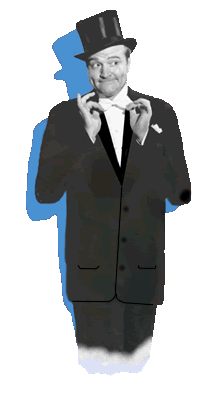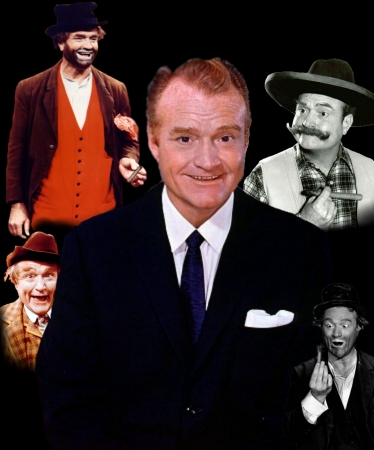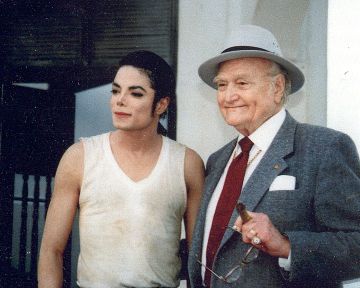 |  |
| The Red Skelton Show premiered on 30 September 1951. It was one of the first variety shows to make the successful transition from radio to television and one of the longest running variety series. For two seasons Red continued his radio show while also doing his TV show. The format of the series was similar to Skelton's radio program. Each show began with Skelton performing a monologue based on topical material, followed by a musical interlude. He would then perform in a series of blackout sketches featuring one or more of his characters. The sketches were a mixture of new material and old routines (including his popular "Guzzler's Gin") perfected over the years in vaudeville and in nightclubs. At the end of the program, Skelton would become serious and express his gratitude to his audience for their love and laughter. His signature closing line became "Good night and may God bless." |  |
| The Red Skelton Show, unlike other variety series, did not solely rely on guest stars every week. Skelton had a strong group of support players, most of whom had worked with him on his radio program. They included Benny Rubin, Hans Conried, Mel Blanc, and Verna Felton. |  |
| The only television addition to his repertoire of characters was Freddie the Freeloader, who became one of his most beloved characters. Skelton's forte was his use of slapstick. He seemed oblivious to physical punishment and often ended his vaudeville act by falling off the stage into the orchestra pit. One of his most popular pieces was created for his premiere show. At the end of his monologue, while Skelton was taking a bow, two hands reached out from under the curtain, grabbed him by the ankles, and swept him off the stage. |
| Many stars got their start on The Red Skelton Show. Johnny Carson, one of Skelton's writers, was called upon to fill in for the star when, in 1954, Skelton injured himself during a rehearsal. The Rolling Stones made one of their earliest American appearances on the show in 1964, and The Jackson Five, with Michael Jackson also made an appearance. |  |
Web site design by¬ Appleby Arts
Copyright © 2012 | Lothian Skelton | All Rights Reserved
E-mail Web Master at¬ webmaster@redskelton.com